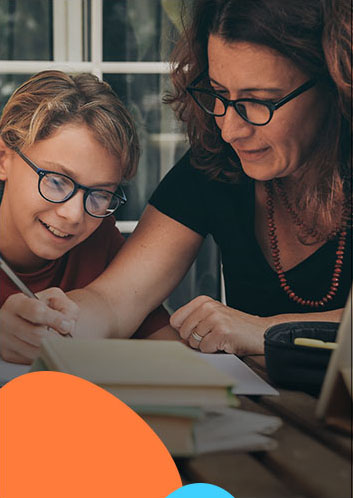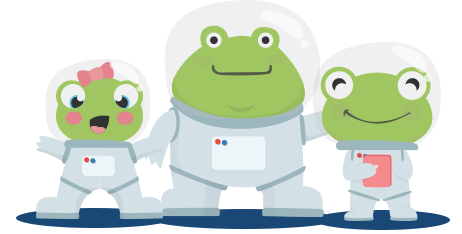Year 2 Printable worksheets
Year 2 is the last year of Key Stage 1. At the end of this school year, your child will be required to take the SATs test for Key Stage 1. Your child will continue with phonics activities and in maths, they will be introduced to fractions. Use our great collection of resources to help prepare your child for their SATs exams and give them the confidence they need to excel.
60% OFF for 12 months



















































































































